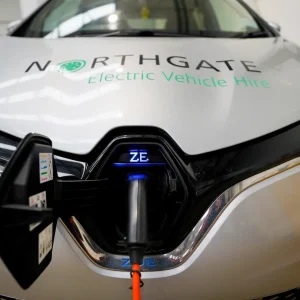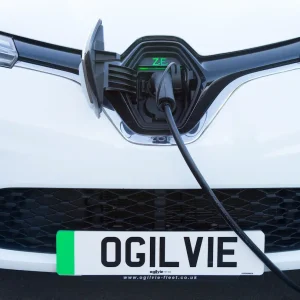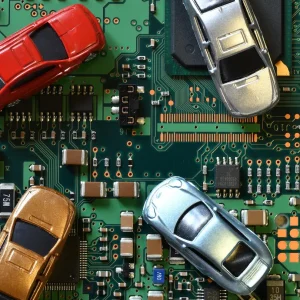The Government has its eyes on the safety of satellite navigation systems – let’s hope any new regulations support innovation rather than suffocate it, says Paul Harrop
On 9 January 2007, the Department for Transport (DfT) concluded its three-month In-Vehicle Information Systems (IVIS) Consultation. The consultation document explains: “Route guidance, in particular satellite navigation (‘satnav’) devices are becoming increasingly widespread in the vehicle market. There are currently four million satnav systems in use on UK roads. As the use of satellite navigation becomes more common, there is a need to ensure that the devices do not pose a safety risk through driver distraction. It is also necessary to ensure that their routing strategies do not encourage the use of ‘rat runs’ or give ill advised or illegal instructions to the user.”
The DfT’s reasons for reviewing the current regulations include changes to technology since legislation was introduced and an increased variety of devices available. Their intention is “not to restrict industry but rather to ensure that safety and traffic management are considered appropriately in the design of systems on the market”.
At this point it is worth considering what satnav replaces, even though this is outside the scope of this consultation. Reading a map when the vehicle is in motion is, obviously, extremely bad practice (drivers are urged to spend a few minutes planning their route on a map or internet route finder so they can concentrate on the road once they set off, while drivers en-route should routinely take a break every two hours and use this time to check their location and the next section of the journey), yet a survey of 2000 UK drivers conducted by Privilege Insurance found that 2% actually thought this was less distracting than using satnav.
Using a map while steering must be at least as dangerous as using a hand-held mobile phone while driving, whereas satnav shouldn’t involve the driver taking their hands off the wheel or eyes off the road. Distractions that do occur are frequently the result of the way a driver uses a device rather than being down to the design of the devices themselves.
|
“While incorrect routing requires urgent attention from manufacturers, the levels of stress and frustration experienced by drivers losing their way and missing appointments before the advent of satnav should not be forgotten.” |
|
Paul Harrop |
The web article that mentions the Privilege survey, called Dangerous Satellite Navigation Systems? at www.safermotoring.co.uk, also deals with routing problems, such as drivers being directed down muddy farm tracks. While incorrect routing requires urgent attention from manufacturers, the levels of stress and frustration experienced by drivers losing their way and missing appointments before the advent of satnav should not be forgotten.
Satnav has many positive benefits: decreasing journey times and distances, minimising fuel consumption, avoiding traffic congestion and pinpointing, through Global Positioning System (GPS), a vehicle’s location to within 10 metres. It is invaluable as a driver support and an aid to business journey planning. Like any other technological tool, it should be used sensibly.
The DfT’s wish to rationalise regulations affecting satnav is sensible and, in such a fast-moving market, timely. Hopefully, the measures that result from this review will support innovation and product quality in a technology with such exceptional potential.
Paul Harrop is sales & marketing director at DaimlerChrysler Fleet Management





